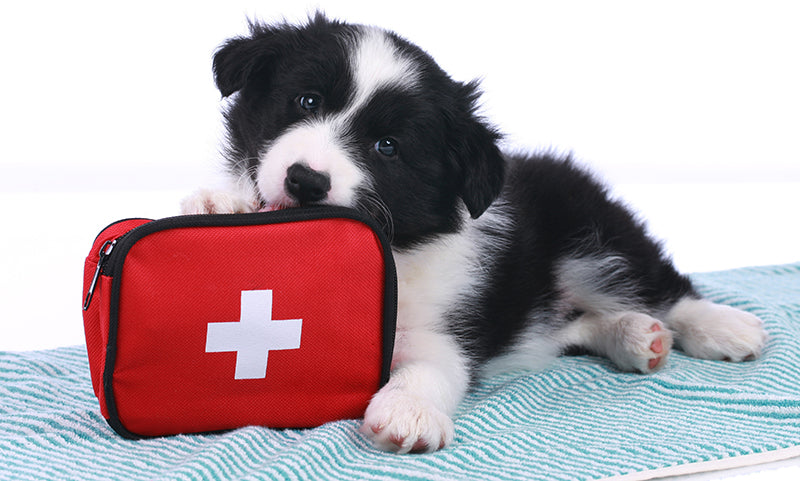
Pet First-Aid Awareness Month
Many people have at least some kind of First-Aid kit, or emergency plan, in place for their family, friends, or even themselves, but what about our furry friends? It is inevitable that throughout your pet’s life they will encounter any number of different medical emergencies. Contacting your veterinarian should always be your first step but having essential First-Aid supplies on hand can allow you to help ease and stabilize your pet before rushing off to the vet, giving your animal friend the best chance at recovery.
This is extra true when camping, hiking, or for those that live farther away from their veterinarian or emergency services.
Here are some First-Aid Essentials that will give you peace of mind and will help you, help your pets when in need!
Remember! Your pets are 100% dependent on you during an emergency!
Prevention Is Key!
You cannot stop all accidents from happening, but you can do your best to reduce the dangers and risks your pets encounter daily! All pet owners should be familiar with which household (and barn) items that can cause choking, injuries, or accidental poisonings.
Some commonly ingested toxins are: Household cleaners, OTC & prescription medications, Fertilizers, Insecticides, Bait stations, and various foods (Ex. Chocolate & Xylitol) that are not meant for our furry friends! Accidental ingestion of toxins are the most common causes for emergency vet visits every year!
Remember! Schedule regular veterinarian examinations (at least once a year) so that they are always current on all medications and vaccinations.
Create Your Kit!
Every home (and barn) should be stocked with a First Aid Kit that includes:
Know how to use the items in your First-Aid Kit, as well as emergency procedures such as the Heimlich maneuver and CPR. There are animal specific tutorials online but as always, your best source of information is your local veterinarian! Ask them for instructions and additional information on your next vet visit. They are usually incredibly happy to educate and help in any way possible!

It never hurts to be prepared!
Don’t Ignore The Signs!
It can be extremely difficult to tell when your pet is in pain. Animals have a strong instinctual urge to hide their pain, discomfort, or weakness, and they are often good at it! This is why it is so important to stay aware and seek veterinary care whenever there seems to be a change in your pet’s mood or behavior, which could be masking serious or consistent pain.
Top 5 Signs/Symptoms To Look Out For!
Remember! You know your pets best! If something does not seem right, then contact your trusted veterinarian immediately!

Heather Carter
Author